This guide highlights a practical approach for online safety for schools. It defines each of the areas you need to think about, offers an overview of what schools are currently doing regarding online safety (based on recent research) and offers a set of reflective questions for schools to ask themselves when developing their approach.
Tagged with guidance
If you are a woman, the person most likely to kill you is your boyfriend, your partner, your husband.
The Safer Recruitment Consortium have updated the Guidance for Safer Working Practices.
With the support of local councils and fostering agencies, it is important that foster carers feel confident in dealing with the risks children face both offline and online.
Rules and boundaries you set offline can apply online. Take time to learn about the risks all children and young people face online, including access to inappropriate content and contact from people they don't know, so you can support the children in your care.
Writing a photography policy statement
Schools, clubs and organisations should have a written photography policy statement that sets out your overall approach to images taken of children and young people during events and activities.
Fears than being hooked on social media is creating a generation of depressed and anxious teenagers have been overstated, according to a study which found it has a "trivial" effect on life satisfaction.
Ministers and parent groups have raised the alarm about excessive time spent on sites like Facebook, Instagram and Twitter.
But University of Oxford researchers found little evidence to support it making heavy users less content.
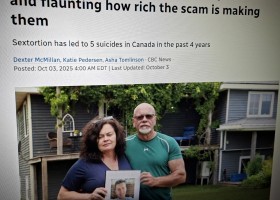

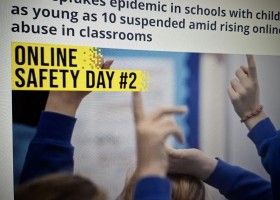

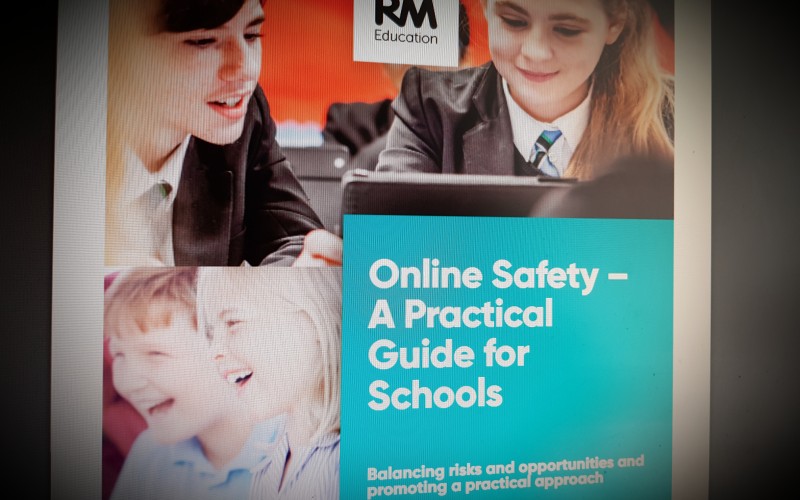
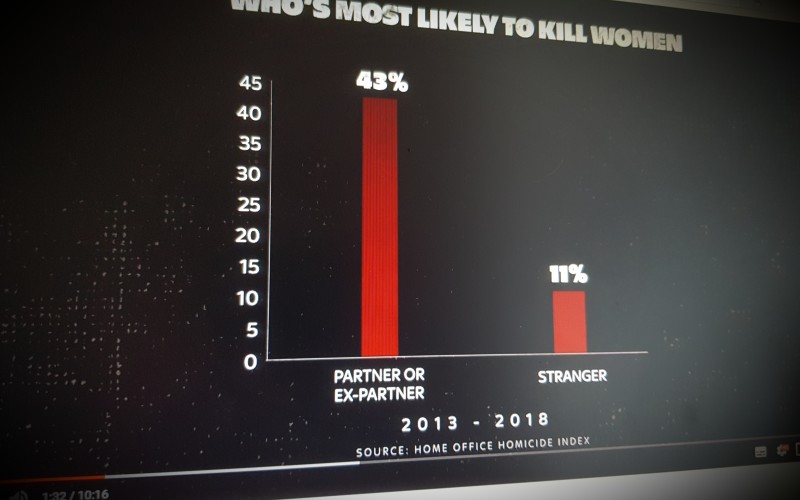
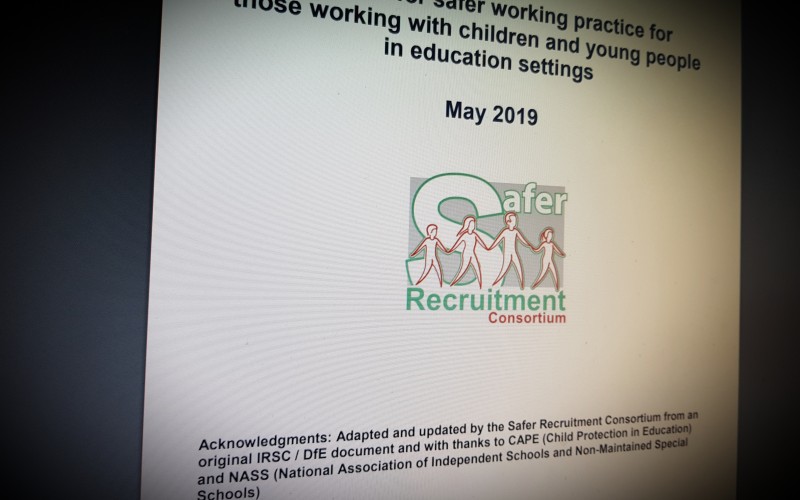
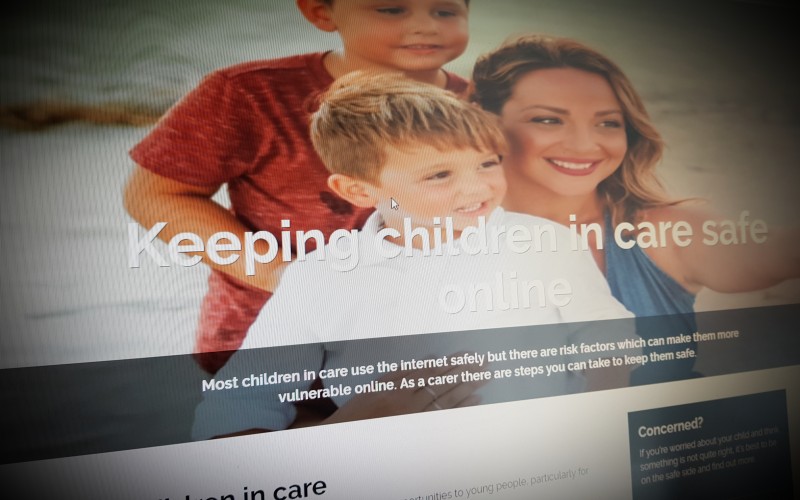
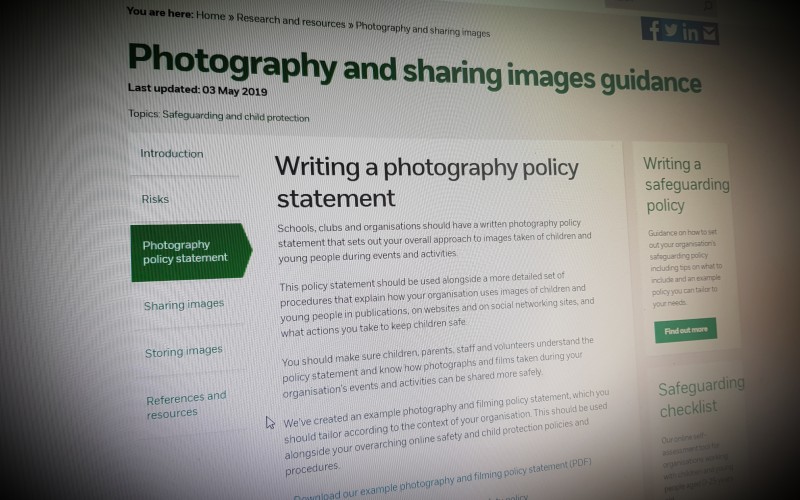
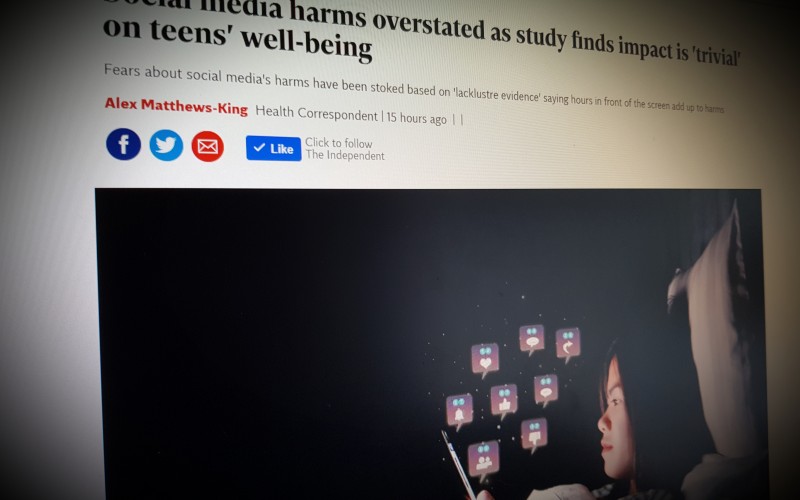
Comments
make a comment